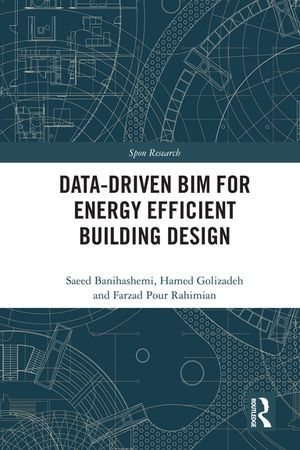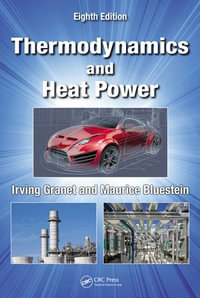
eTEXT
Data-driven BIM for Energy Efficient Building Design
By: Saeed Banihashemi, Hamed Golizadeh, Farzad Pour Rahimian
eText | 16 December 2022 | Edition Number 1
At a Glance
eText
$112.19
or
Instant online reading in your Booktopia eTextbook Library *
Read online on
Desktop
Tablet
Mobile
Not downloadable to your eReader or an app
Why choose an eTextbook?
Instant Access *
Purchase and read your book immediately
Read Aloud
Listen and follow along as Bookshelf reads to you
Study Tools
Built-in study tools like highlights and more
* eTextbooks are not downloadable to your eReader or an app and can be accessed via web browsers only. You must be connected to the internet and have no technical issues with your device or browser that could prevent the eTextbook from operating.
ISBN: 9781000801965
ISBN-10: 1000801969
Series: Spon Research
Published: 16th December 2022
Format: ePUB
Language: English
Publisher: Taylor & Francis
Edition Number: 1
You Can Find This eBook In
Non-FictionEngineering & TechnologyCivil EngineeringBuilding Construction & MaterialsHeatingComputing & I.T.Computer ScienceArtificial IntelligenceEarth Sciences, Geography, Environment, PlanningThe EnvironmentSystems Analysis & DesignGraphical & Digital Media Applications
3D Graphics & ModellingArts & EntertainmentArchitectureArchitectural Structure & DesignEnvironmentally-Friendly Architecture & DesignEnergy Technology & EngineeringElectrical EngineeringElectrician SkillsTechnology in GeneralEngineering in GeneralIndustry & Industrial StudiesPrimary IndustriesMining Industry
This product is categorised by
- Non-FictionEngineering & TechnologyCivil EngineeringBuilding Construction & MaterialsHeating
- Non-FictionComputing & I.T.Computer ScienceArtificial Intelligence
- Non-FictionEarth Sciences, Geography, Environment, PlanningThe Environment
- Non-FictionComputing & I.T.Computer ScienceSystems Analysis & Design
- Non-FictionComputing & I.T.Graphical & Digital Media Applications3D Graphics & Modelling
- Non-FictionArts & EntertainmentArchitectureArchitectural Structure & DesignEnvironmentally-Friendly Architecture & Design
- Non-FictionEngineering & TechnologyEnergy Technology & EngineeringElectrical EngineeringElectrician Skills
- Non-FictionEngineering & TechnologyTechnology in GeneralEngineering in General
- Non-FictionIndustry & Industrial StudiesPrimary IndustriesMining Industry
- Non-FictionArts & EntertainmentArchitectureArchitectural Structure & Design
- Non-FictionComputing & I.T.Graphical & Digital Media Applications
- Non-FictionEngineering & TechnologyCivil EngineeringBuilding Construction & Materials























